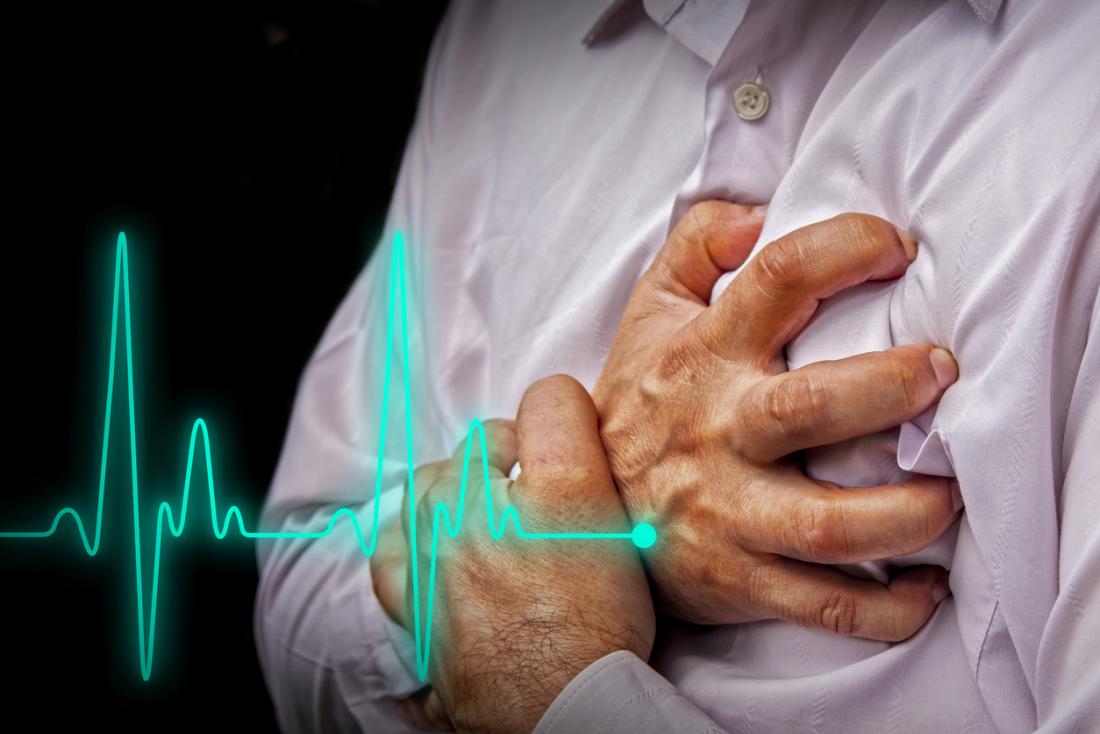Defibrillator vest fails test because many heart attack survivors wouldn't wear it

LONDON (Reuters ) - Patients who have just survived a heart attack and consequently have a dangerously-weak heart face a high risk of sudden death. Giving them a wearable defibrillator that can restart their heart doesn’t improve their odds, according to the formal findings of a new study of 2,302 volunteers.
But the results, published in Thursday’s New England Journal of Medicine, show that many people given the heart-shocking vest declined to wear it.
Among those who kept it on, their odds of death were 74 percent lower compared to patients who kept in off during the three-month test.
“There seems to be an effect if you wear it, and the effect is pretty large,” chief author Dr. Jeffrey Olgin of the University of California, San Francisco’s Center for the Prevention of Sudden Death told Reuters Health in a telephone interview.
“I think the data, when you look into the details, are not completely negative,” said Dr. Valentina Kutyifa, a professor of medicine at the University of Rochester Medical Center in a phone interview with Reuters Health. She said because of poor compliance the test raised more questions than it answered.
If a high-risk patient was highly motivated, “we would still offer the wearable cardioverter-defibrillator” despite the official conclusion of the Olgin study, said Dr. Michael Field of the Medical University of South Carolina and Richard Page of the University Wisconsin School of Medicine and Public Health in a Journal editorial.
Zoll Medical, which makes the vests and is owned by Tokyo-based Asahi Kasei Corporation, paid for the study, conducted at sites in the US, Poland, Germany and Hungary.
The vest leases for about $3,000 per month.
Doctors have been seeking a way to keep heart attack survivors from dying after their heart attack has cut the pumping efficiency of the heart down to 35 percent or less.
One solution is to implant an automated defibrillator into the chest. But that surgery isn’t done immediately because studies have shown that immediate implantation doesn’t prevent death. It’s not clear why. Thus, current guidelines say implantation should not occur unless 40 days have passed since a heart attack or 90 days since narrowed blood vessels in the heart have been reopened.
So the Olgin team undertook the VEST study to see if a removable defibrillator vest worn day and night for three months would lower the risk of sudden death during the immediate aftermath of a heart attack.
Based on the pre-set rules of the study, it didn’t.
Although the rate of death from a bad heart rhythm was 1.6 percent with the cotton vest versus 2.4 percent among those who didn’t get one, the difference wasn’t large enough to rule out a statistical fluke.
The same was true with the rates of death from any cause, which were 3.1 percent among the adults wearing a defibrillator and 4.9 percent in the control group.
However, of the 48 people who died after being given the device, only 12 were wearing them at the time of their death.
When the researchers calculated the odds of death based on how long the vests were worn, they estimated that there were 5 deaths for every 1,000 people who wore then for a full month versus 19 deaths for people who didn’t wear them. By that measure, the vests made a big difference.
When the experiment started, 81 percent assigned to the vest group wore them for at least a little while each day. After 90 days, only 41 percent were doing it.
Frequent false alarms, skin irritation, inappropriate shocks and emotional distress can deter some patients from continuing to wear the device, said Drs. Field and Page.
One problem with the vest: Each day there was a 1 in 10 chance that a patient would experience a false alarm. Nearly 1 in 10 people with the device were exposed to more than 100 false alarms during the 90-day trial.
An alarm didn’t always result in a shock to the heart. Patients who heard the alarm go off yet felt fine could push a button to prevent a jolt.
Dr. Olgin said patients seemed to have all-or-nothing approach to the vest.
“What seems to be happening is, if you can tolerate wearing it, you wear it all day,” he said. “Those who wore it, wore it close to 24 hours a day.”
Dr. Kutyifa, who published a study of vest-wearers last month, said some people may be bothered by its tight fit. In addition, the four electrodes embedded in the vest, which have direct contact with the skin, “end up creating rashes in some patients.”







